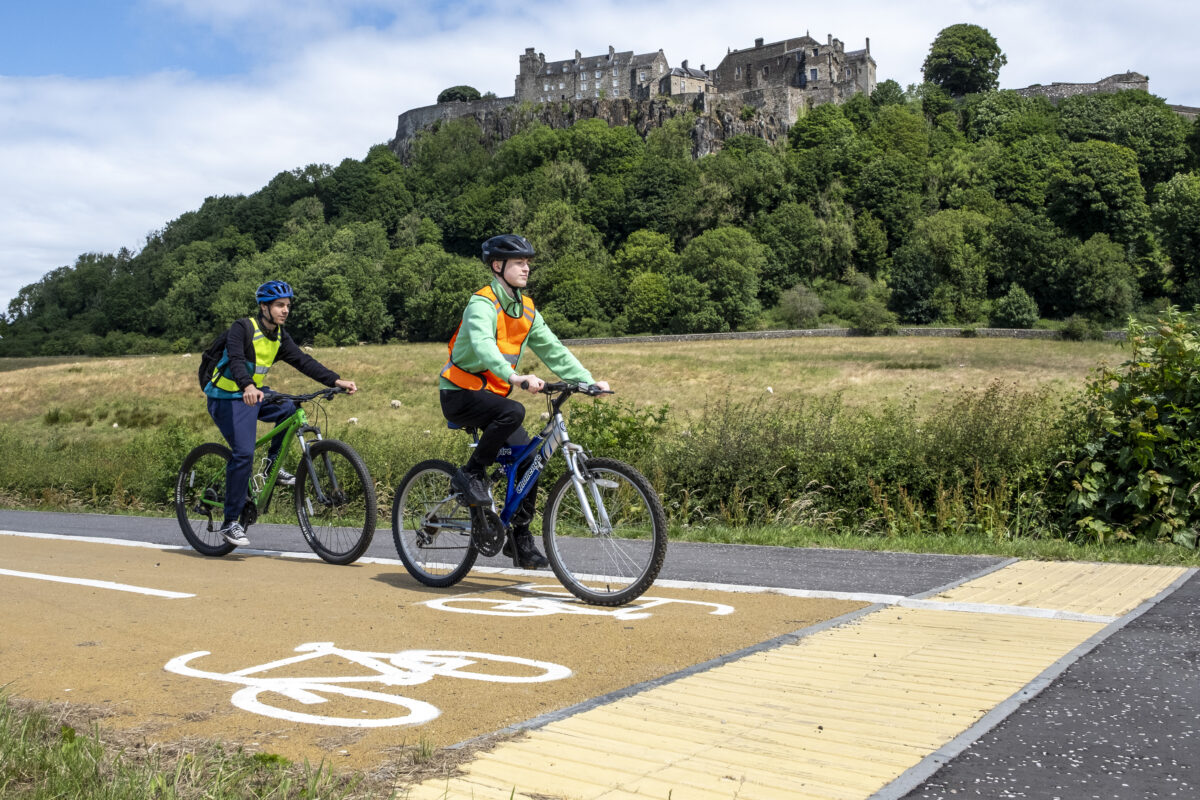Public spaces, such as streets, town squares and parks, are a key feature in teenagers’ everyday lives.
It’s somewhere they can socialise, foster a sense of identity and self-value, and connect with their community.
But despite this they are often overlooked in conversations about the design of our villages, towns and cities.
Earlier this year, A Place in Childhood (APiC) published a report – commissioned by Sustrans Scotland – which explores how to effectively involve teenagers in placemaking projects.
The research also explored how we can meet the needs of young people through infrastructure and behaviour change work more widely.
But what does this mean in practice? And how are these learnings going to help us create healthier, happier, and more representative neighbourhoods across Scotland?
What is the Teenagers and Public Space Report?
APiC engage young Scots in projects that seek to create more inclusive policies, services and environments.
146 people aged 12-18, across communities in Huntly (Aberdeenshire), Denny (Falkirk), and North Edinburgh were involved with the study.
Those involved took researchers on tours of the places they lived and explained what they liked as well as what could be improved in the area.
These views formed the basis of the Teenagers and Public Space Report.
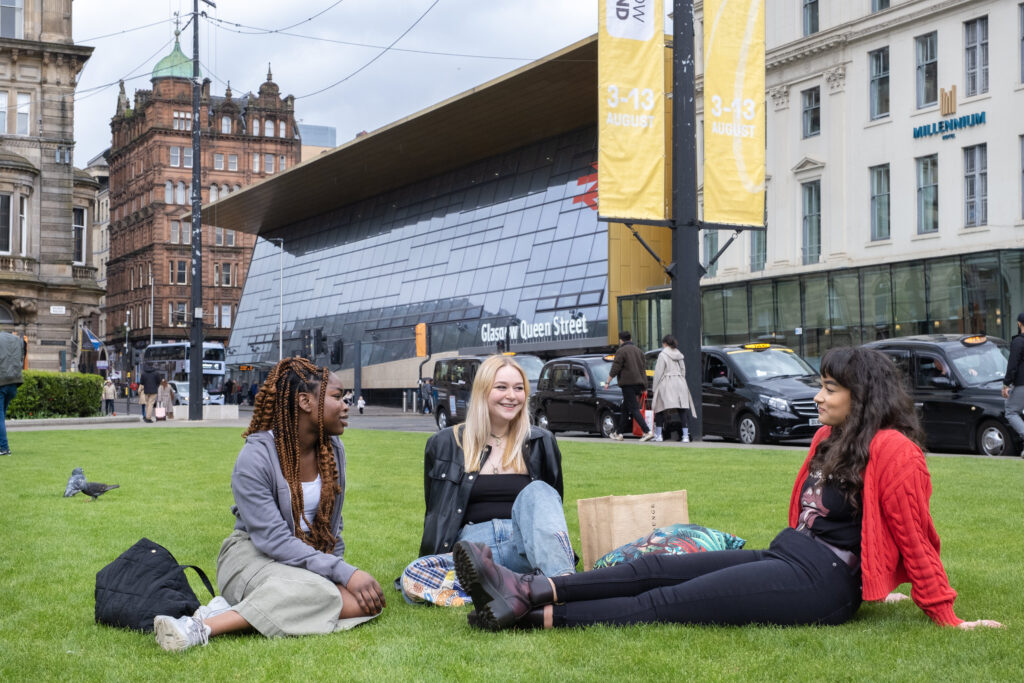
What did the research set out to explore?
We know a lot about what teenagers need from public space: shelter from poor weather, places to socialise and study and opportunities for physical activity.
In order to effectively inform Sustrans’ infrastructure delivery work, however, some issues required further investigation.
The APiC research aimed to discover:
- What the needs of teenagers within specific communities in Scotland are, and how Sustrans infrastructure and placemaking activities can serve them.
- What the difference is in terms of need between teenagers of differing UK protected characteristics – specifically, the age and gender differences.
- What the most appropriate methods of engagement are with teenagers on infrastructure and placemaking projects.
- How practitioners can mediate and balance potential conflicts within a community between the needs of teenagers and other groups.
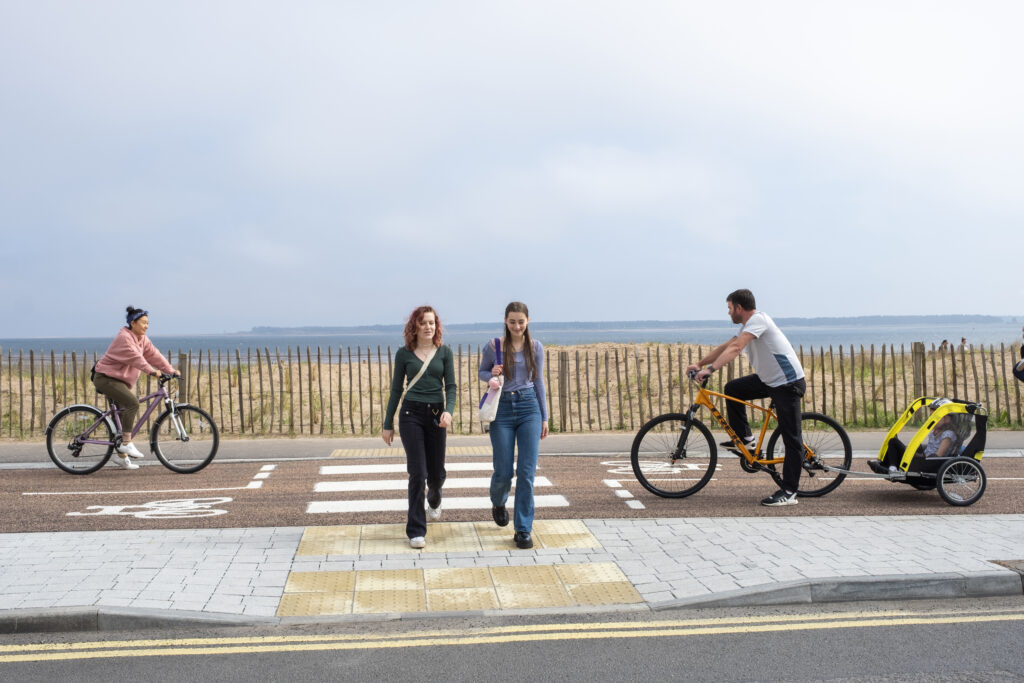
What were the key findings?
The research found that anti-social behaviour (ASB) is the biggest problem influencing how teenagers interact with public space.
The young people we spoke to explained that despite it being a minority who are responsible for such behaviour, people their age are often all stereotyped in the same way.
They were keen to point out that it is in fact teenagers themselves that are most affected by ASB – both from their peers and adults.
APiC also recommended that extra attention needs to be paid to the needs of girls, ethnic minorities, disabled young people and those with other protected characteristics.
For example, teenage girls don’t feel safe going out in some communities, unless they are in groups, and will sometimes travel further from home just to spend time with their friends.
Finally, the study emphasised the importance of access to destinations such as natural spaces, affordable sports and leisure facilities, clubs and places to play.
However, it also showed that litter and vandalism in these areas upsets teenagers – even those who are responsible for it.
There is a feeling among these young people that if no one else is taking care of a place, why should they?
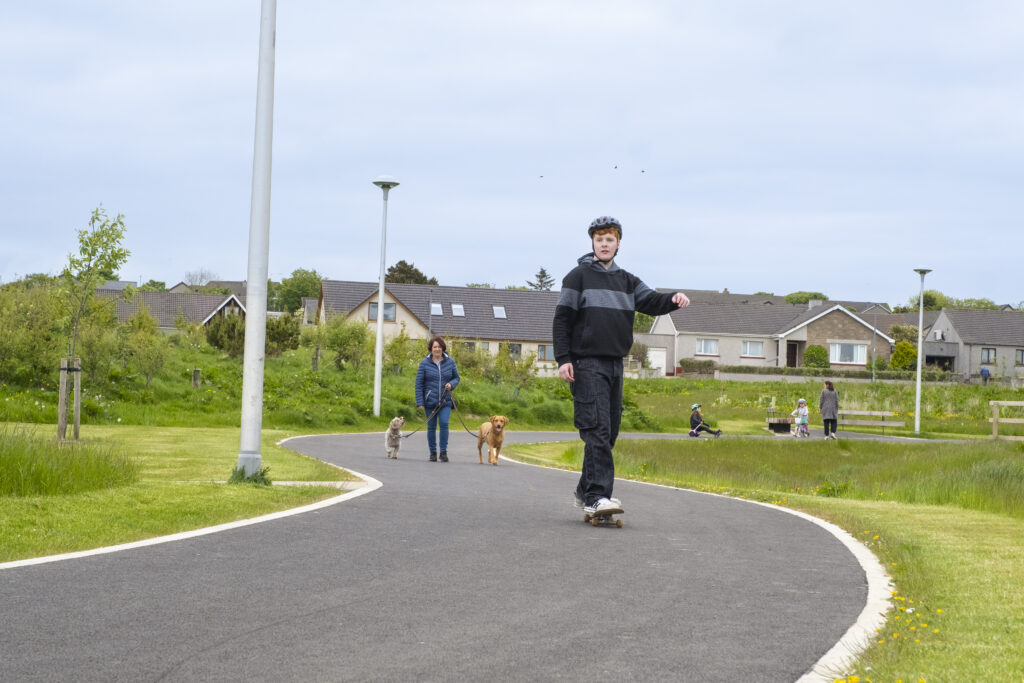
What can we learn from this?
Active travel infrastructure and placemaking projects need to better engage and support teenagers.
The young people we spoke to were clear – meaningfully involving people their age in the design of public spaces and strategies for addressing ASB will help alleviate all of these issues.
By giving teenagers a seat at the table we will not only improve decision-making, but also serve to ease intergenerational tension.
This will, in turn, boost awareness of what it’s like to be a young person today.
Taking action
Listening and working in partnership to deliver on the needs and aspirations of often overlooked groups, like the young people featured in this research, can help create spaces which work for everyone.
This is essential if we want to successfully deliver inclusive and positive change in our public spaces.
Since the publication of the report, Sustrans have continued to work with APiC to support this important work across Scotland.
For example, the City of Edinburgh Council recently commissioned APiC to consult students at schools in Portobello and Craigmillar to find out their priorities for and barriers to using public space.
This will feed into wider Places for Everyone projects being delivered in these areas, with plans to keep the pupils involved as proposals develop.
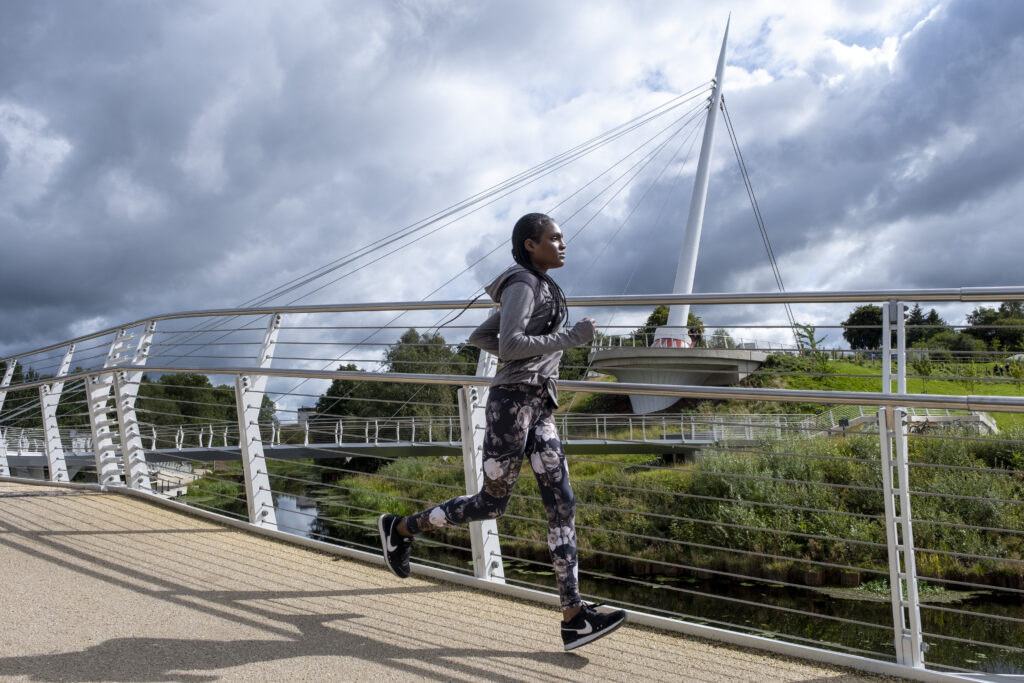
Several information sessions and workshops have been held this year involving Sustrans’ engagement teams and partners, creating a platform to discuss the research and share examples of best practice.
A framework for including children and young people in active travel infrastructure projects is also being created.
This is due to be published and shared in spring 2024.
A research finalist
In November 2023, the Teenagers and Public Space Report was nominated as a finalist in the research category of the Thorntons Education Trust Inspiring Future Generations Awards.
